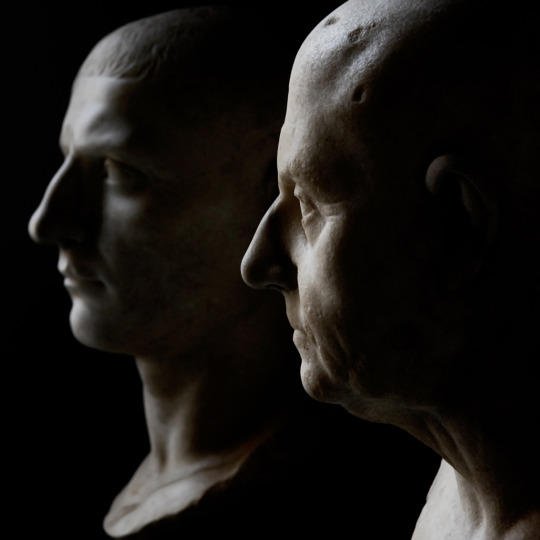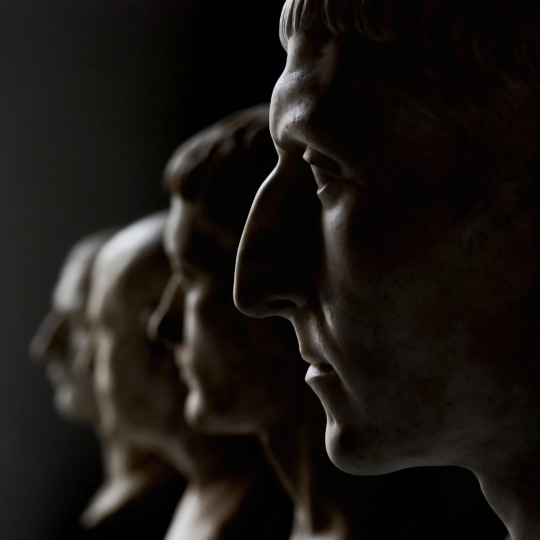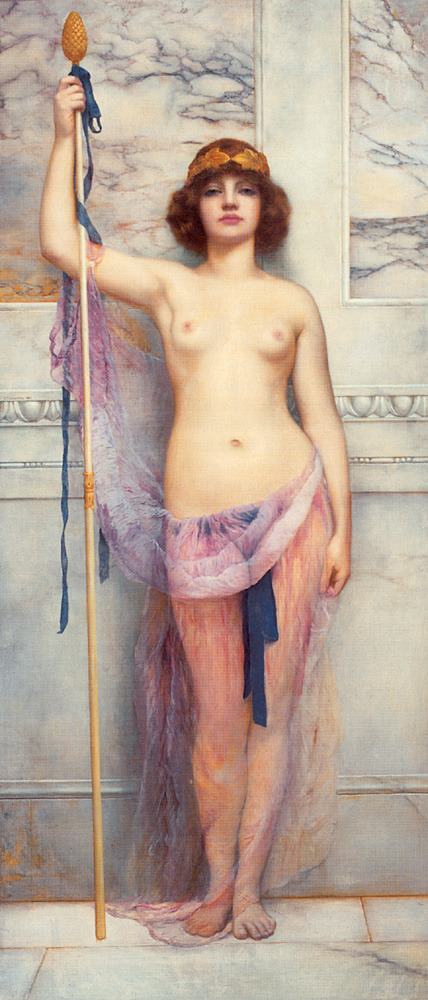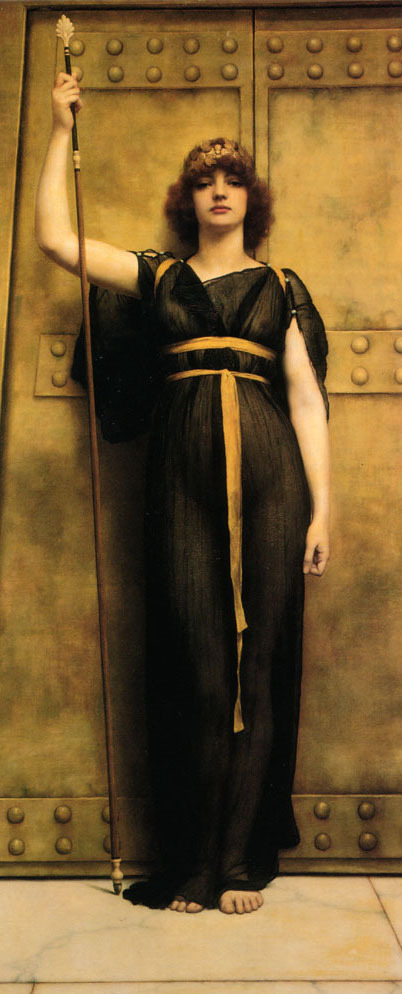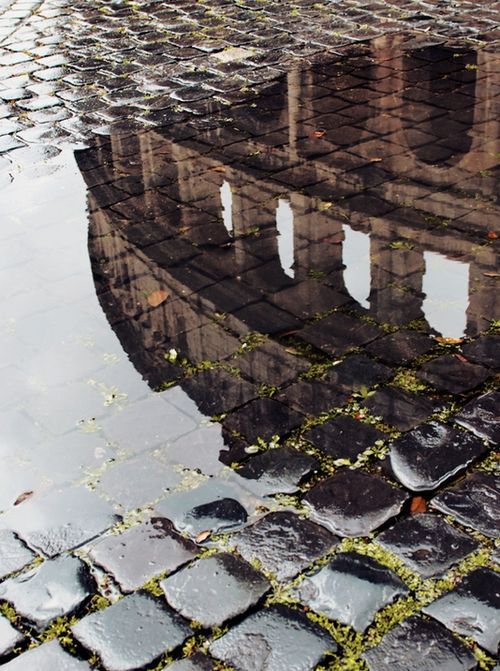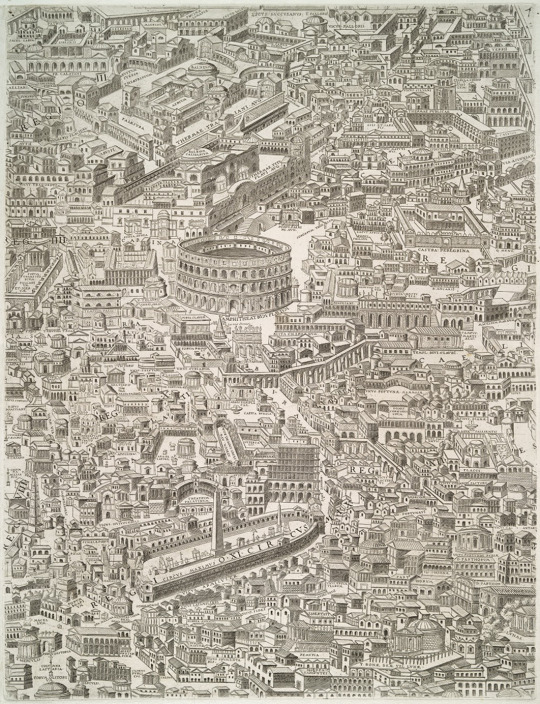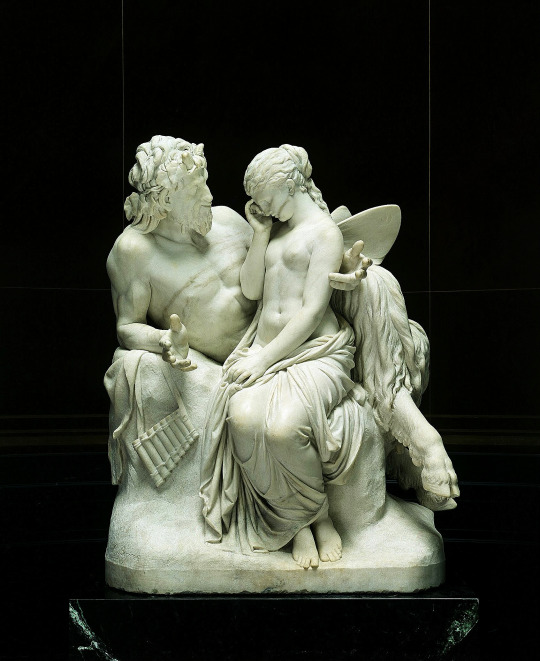Photo

The Nile River flooding by the Giza Pyramids. October 31, 1927.
132K notes
·
View notes
Photo
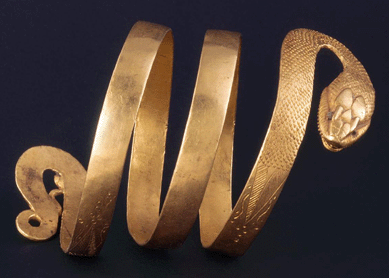
Gold bracelet in form of serpent, found in Pompeii, worn on the upper arm
23K notes
·
View notes
Photo

Miniature Skeleton, Roman, 1st century, bronze, from Asia Minor.
In Petronius’ satirical novel, the Satyricon, written in the 60s A.D., Trimalchio, the crass, nouveau riche host of a dinner party, has a small silver skeleton brought out between courses. The skeleton in the novel had flexible joints and after posing it on the table in various ways, Trimalchio recited a poem to the effect that life was short and should be enjoyed before becoming a skeleton like the one he displayed.
This bronze skeleton, called a larva convivalis by the Romans, may have been used in just such a setting. Although now missing several limbs, it too is jointed in a way that allows it to be posed or to be shaken so that it jumps and dances. In the first century B.C and the first century A.D., the Romans frequently linked images of the banquet and death in both literature and the visual arts. This blending of imagery probably derived from the resurgence during this period in the popularity of Epicurean philosophy with its emphasis on the need to grasp the pleasures of life while one is still able. (Getty)
Courtesy of & can be viewed at The J. Paul Getty Museum, Villa Collection, Malibu, California. Via their online collections: 78.AB.307.
2K notes
·
View notes
Text
the assassination of franz ferdinand was actually the most hilariously botched assassination attempt of all time though like i can’t even explain to you how badly it went i mean there were six guys and the first one chickened out and the second one forgot to factor in the delay on a hand grenade so it exploded like three cars past the archduke’s so the guy took a cyanide pill and threw himself into a river, but the cyanide was expired and the river was six inches deep so the police just pulled him out and took him off to jail and then everyone else basically gave up and headed home, and then the driver of the archduke took a wrong turn and the car stalled next to the last of the six guys, and he was just like “what a crazy random happenstance” and started world war one
372K notes
·
View notes
Photo
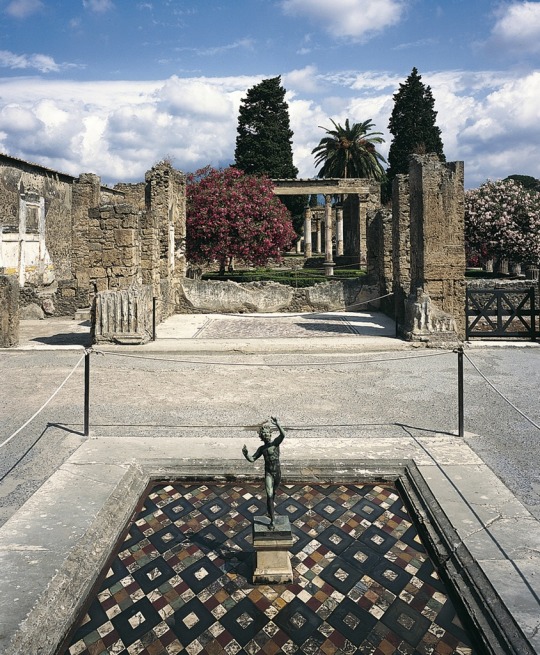
shiningjasmin
House of the faun, 120-100 BC.
Pompeii, Italy.
374 notes
·
View notes
Photo
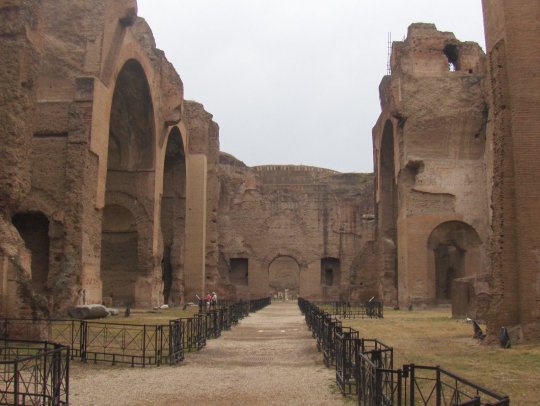
Baths of Caracalla, Rome (frigidarium iirc)
October 2007
209 notes
·
View notes
Photo
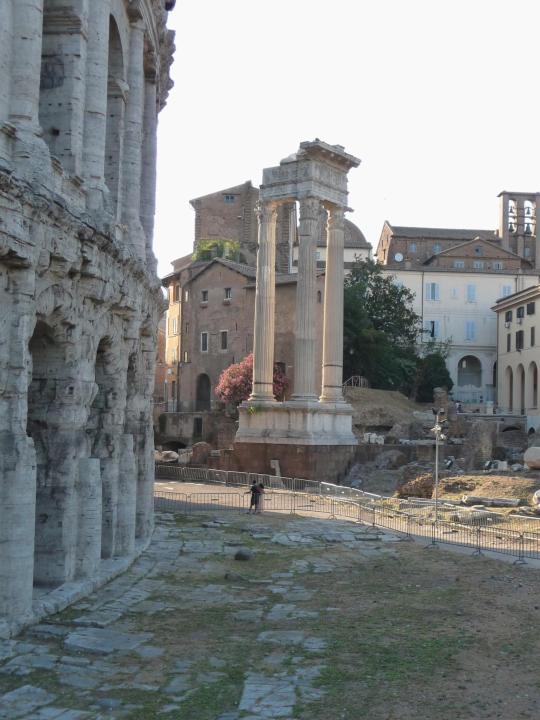
Theatre of Marcellus and columns of temple of Apollo, Rome
To the right of colums are rubbles of temple of Bellona where Sulla addressed a fearful senate after conquering the city. I don’t know what’s the current situation, but they used to have summer conderts on this site. Pretty good setting, I think.
July 2012
424 notes
·
View notes
Photo
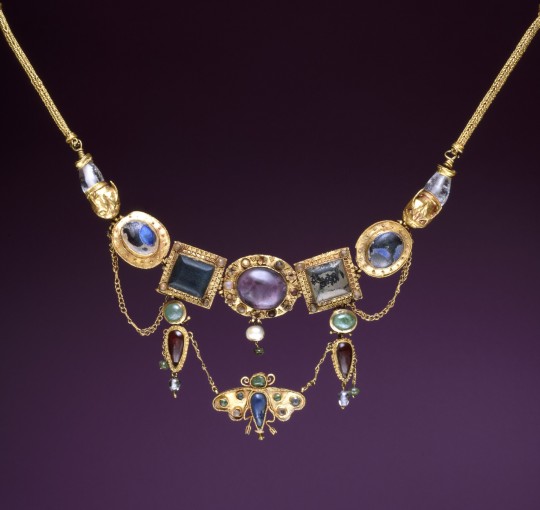
Greek necklace with a butterfly pendant. Late 2nd-1st century BC (Hellenistic), made of gold, amethyst, chalcedony, emerald, rock crystal, pearl, and coloured glass.
Elaborate diadems or necklaces featuring centerpieces of inlaid stones, pendants, and beaded chains go back to 3rd- and 2nd-century Greek jewelry. This necklace was found on the neck of the deceased; as the symbol of the soul, the butterfly was an appropriate motif for a burial gift. (Walters)
Courtesy of & can be viewed at the Walters Art Museum, Baltimore. Via their online collections: 57.386.
3K notes
·
View notes
Photo
Leonardo da Vinci - Study of a Warrior’s Head for the Battle of Anghiari
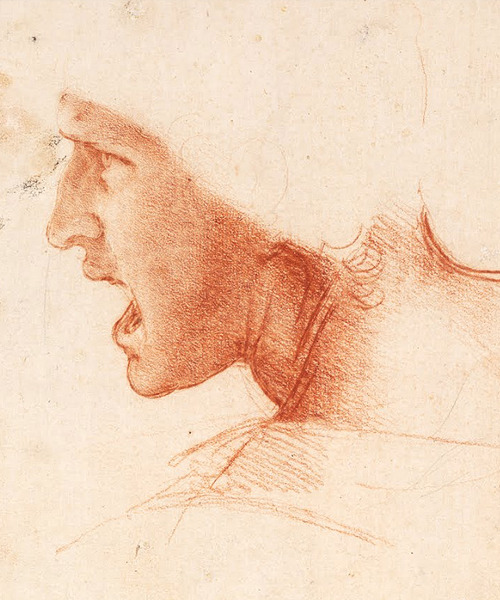
523 notes
·
View notes
